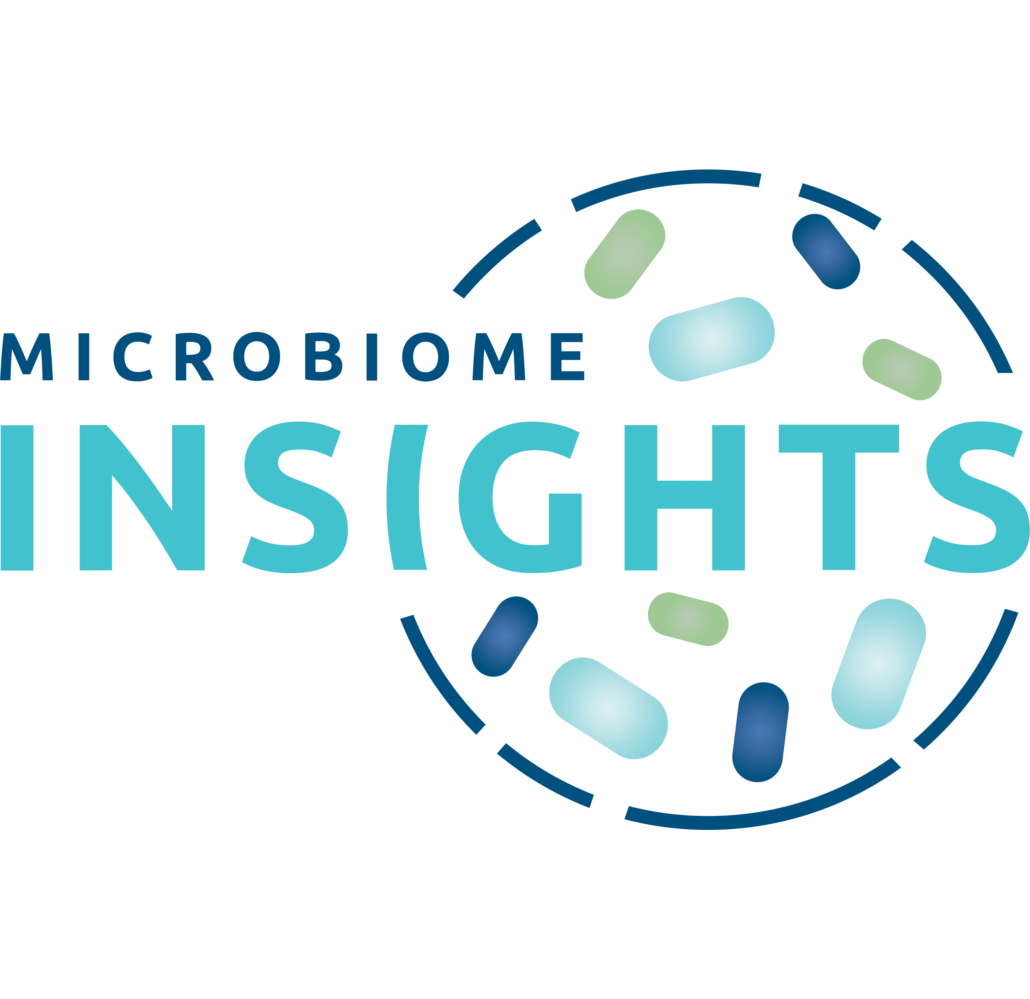Microbiome Insights is proud to be the sponsor of Season 3 of Ruairi Robertson's Biomes Podcast.
Biomes Podcast Show Notes: Season 3 Episode 6 Jens Walter and Alan Walker
August 6, 2024/by Ruairi Robertson, PhDMicrobiome Insights is proud to be the sponsor of Season 3 of Ruairi Robertson's Biomes Podcast.
Microbiome Insights is proud to be the sponsor of season 3 of Ruairi Robertson's Biomes Podcast.
IMPACTT 4 Symposium
July 22, 2024/by Erick Cardenas PoireNestled in the Canadian Rockies, Canmore, Alberta recently hosted the Having IMPACTT 4 conference this past June, showcasing the latest advances in microbiome research. Microbiome Insights was there to learn, cheer, and support researcher from Canada and from abroad.
Biomes Podcast Show Notes: Season 3 Episode 4 Benoit Chassaing
July 18, 2024/by Ruairi Robertson, PhDMicrobiome Insights is proud to be the sponsor of season 3 of Ruairi Robertson's Biomes Podcast.
Biomes Podcast Show Notes: Season 3 Episode 3 with Meghan Azad
July 10, 2024/by Ruairi Robertson, PhDMicrobiome Insights is proud to be the sponsor of season 3 of Ruairi Robertson's Biomes Podcast.
Biomes Podcast Show Notes: Season 3 Episode 2 with Jotham Suez
July 3, 2024/by Ruairi Robertson, PhDMicrobiome Insights is proud to be the sponsor of season 3 of Ruairi Robertson's Biomes Podcast.
World Microbiome Day 2024
June 27, 2024/by Kristina CampbellOn World Microbiome Day, six microbiome experts summarize the science of feeding your gut
Microbiome Conferences in 2024
May 24, 2024/by Malcolm KendallEvery year, we compile an extensive list of both in-person and online microbiome conferences from around the world. These events cover all aspects of the microbiome, from basic science, R&D, and commercialization to applications in human, animal, plant, environmental, gut, skin, oral health, and...
List of Available Microbiome Grants - Updated for 2024
March 27, 2024/by Ben AmuwoUpdated March 2024. We make an effort to update this list. Please comment below with links to additional grants that should be added to this list. Grants are a critical resource for funding microbiome research. We’ve taken the time to identify some relevant grants and funding opportunities for...










